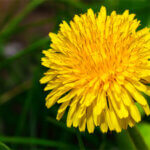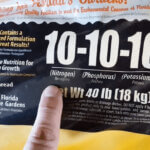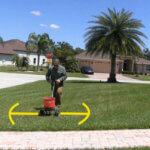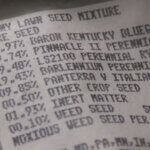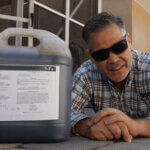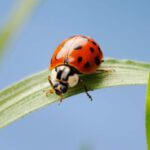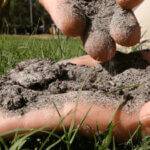How to Kill Dandelions Naturally
Killing dandelions naturally can be hard. A lot of people instead opt for powerful weed killers, destroying dandelions before they can seed. While this may seem like a good practice, it’s important to think about the bigger picture – preventing dandelions from invading your lawn in the first place. In order to get rid of Read more…

